The Best Quiet Waterways for Kayak Fishing in the Carolinas
The Carolinas offer some of the most diverse and productive kayak fishing opportunities in the eastern United States. From blackwater swamps shrouded in Spanish moss to crystalline mountain streams, anglers seeking quieter alternatives to crowded motorboat waters have countless options. North and South Carolina’s landscapes provide the perfect blend of accessibility and solitude, making them ideal destinations for kayak anglers looking to escape the noise and wake of larger vessels. The following waterways represent the best quiet fishing spots across both states, where the only sounds you’ll hear are your paddle dipping into the water, fish breaking the surface, and the diverse wildlife that calls these peaceful corridors home.
Lumber River State Park, North Carolina
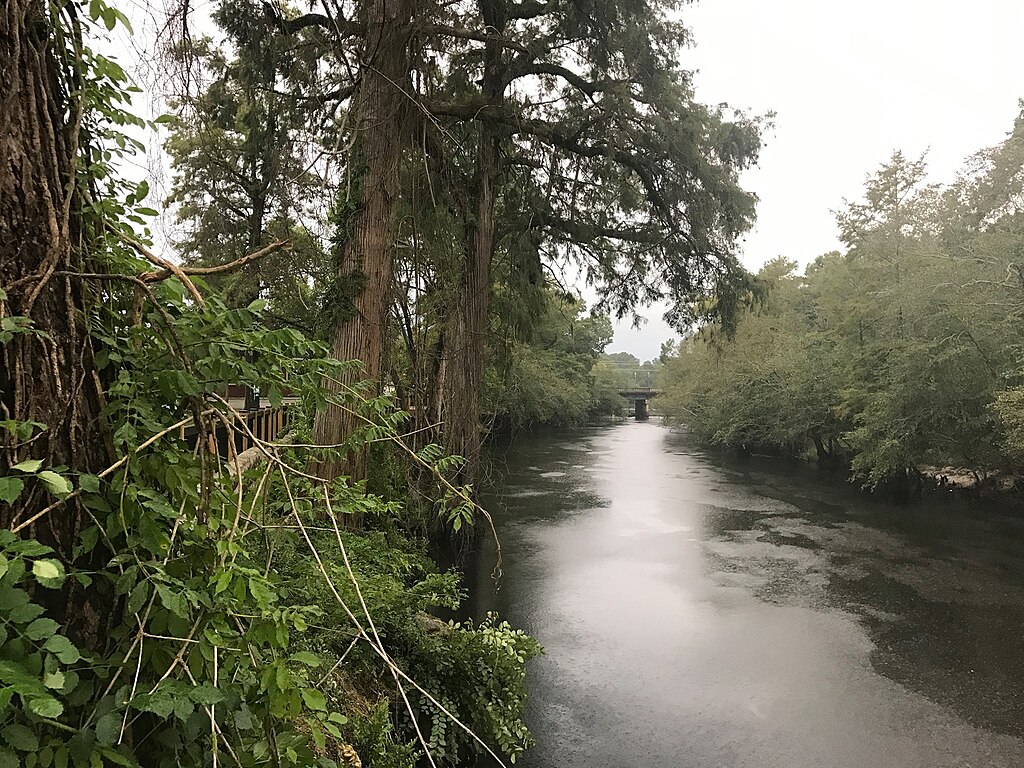
The Lumber River provides a paddling paradise with its tannic waters flowing through a pristine corridor of cypress and tupelo gum trees. This blackwater river’s 115-mile stretch is designated as a North Carolina Natural and Scenic River, offering exceptional largemouth bass, redbreast sunfish, and chain pickerel fishing. The river’s meandering path through Robeson County creates countless quiet backwaters and oxbows perfect for stealthy kayak approaches. Multiple access points exist throughout the state park, with the stretch between Boardman and Fair Bluff offering some of the most remote fishing opportunities where anglers can often spend an entire day without seeing another person.
Lake Jocassee, South Carolina
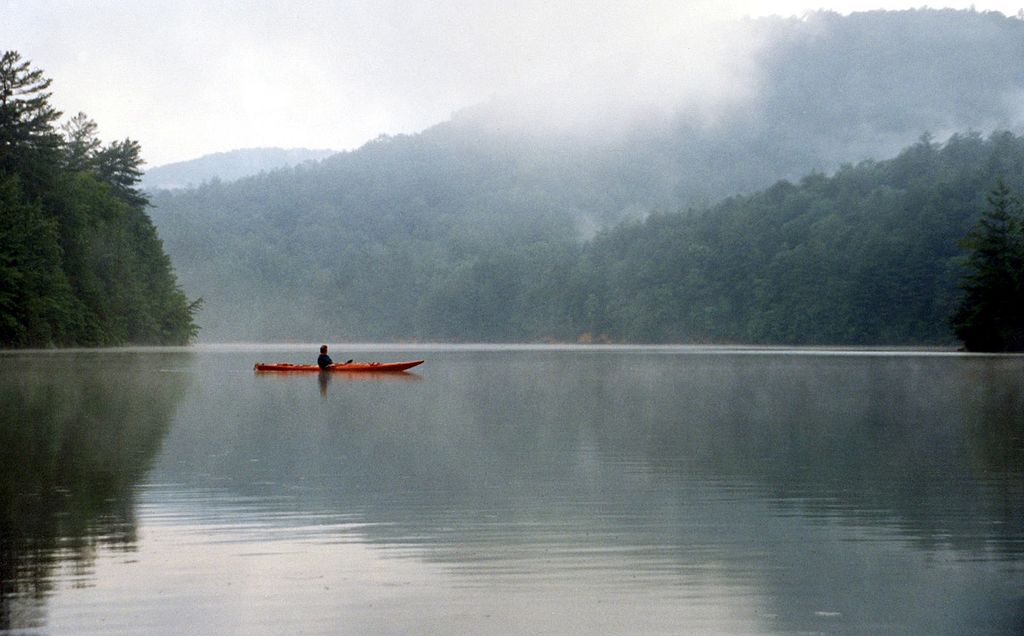
Though Lake Jocassee is substantial at 7,500 acres, its remote mountain setting and limited development create numerous quiet coves perfect for kayak anglers. This crystal-clear reservoir nestled in the Blue Ridge Mountains holds state-record spotted bass and trout, providing exceptional fishing opportunities year-round. Devil’s Fork State Park offers the primary access point, but paddling just a short distance from the launch area rewards anglers with peaceful fishing in secluded coves. The lake’s numerous waterfalls create unique fishing opportunities where cool water inflows attract trout even during summer months, allowing kayakers to access productive spots that larger boats often overlook.
Black River, South Carolina
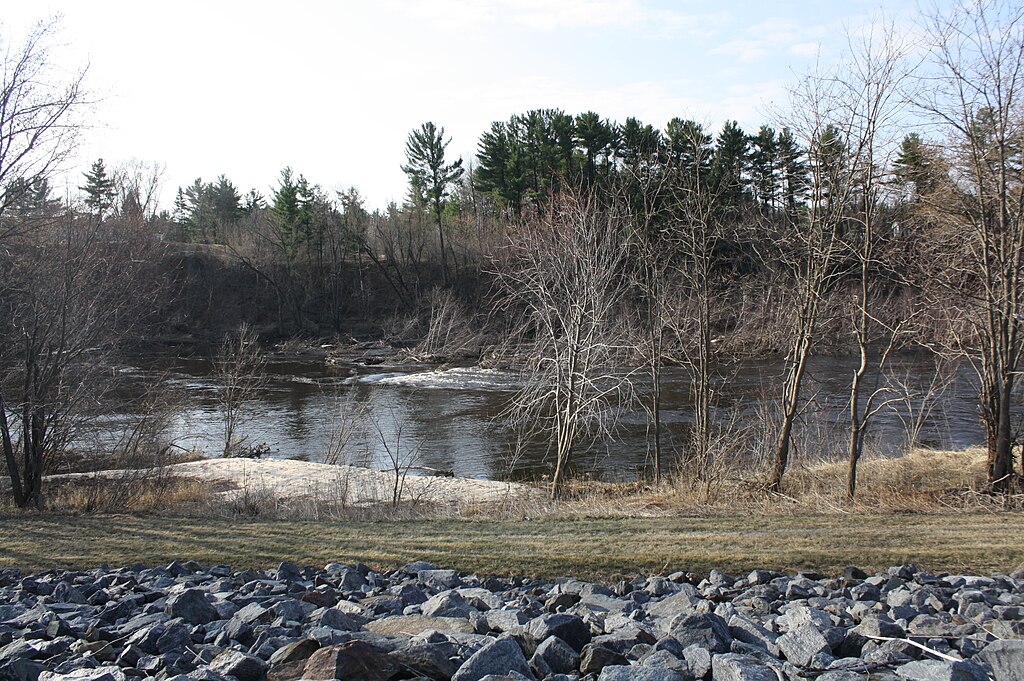
The Black River represents one of the East Coast’s most pristine blackwater systems, flowing approximately 150 miles through cypress-tupelo swamps and hardwood bottomlands. This waterway offers exceptional fishing for redbreast sunfish, largemouth bass, and catfish amid a backdrop of ancient cypress trees, some estimated to be over 1,000 years old. The stretch between Kingstree and Andrews provides particularly serene paddling with minimal development along the shoreline. Spring and fall offer the most comfortable fishing conditions when biting insects are less prevalent, and the river’s blackwater creates natural air conditioning during hot summer months.
New River, North Carolina
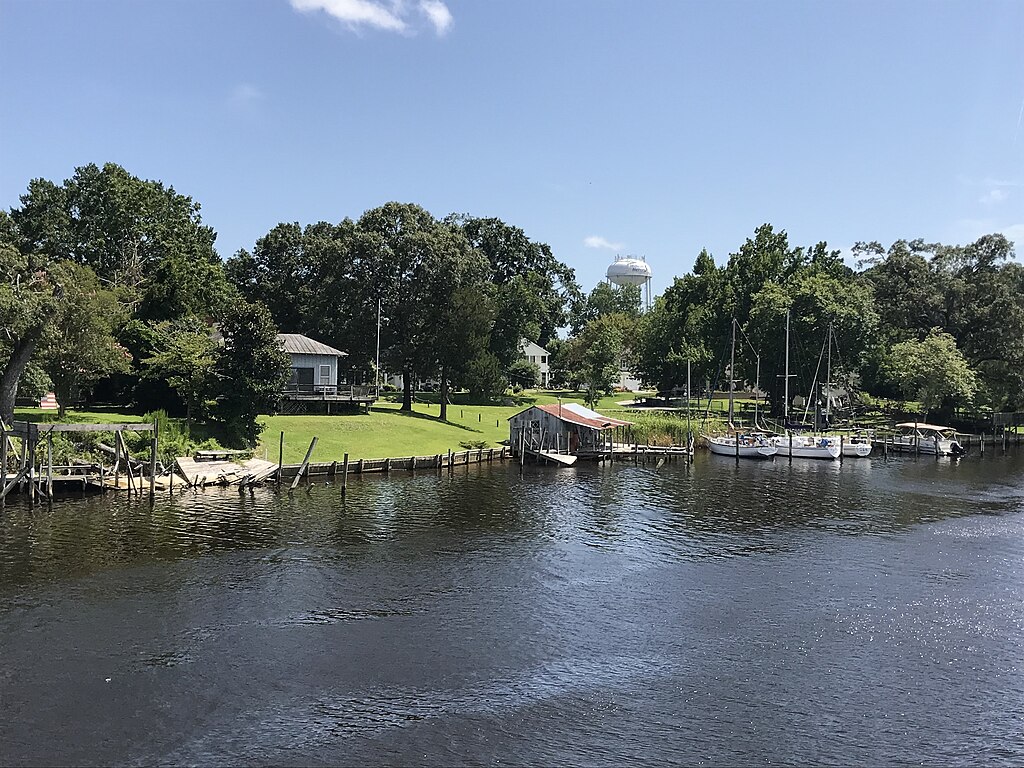
Despite its name, the New River stands as one of the oldest rivers in North America and offers remarkable smallmouth bass fishing in its clear, shallow waters. The section flowing through Ashe and Alleghany counties provides perfect kayak fishing waters with gentle current, rocky structure, and minimal motorboat traffic. Multiple access points exist along NC-16 and US-221, allowing anglers to tailor trip lengths to their preferences. The New River State Park maintains several paddle-in only campsites, creating opportunities for multi-day fishing adventures where smallmouth up to 20 inches are possible in the river’s deeper pools and current breaks.
Waccamaw River, South Carolina/North Carolina
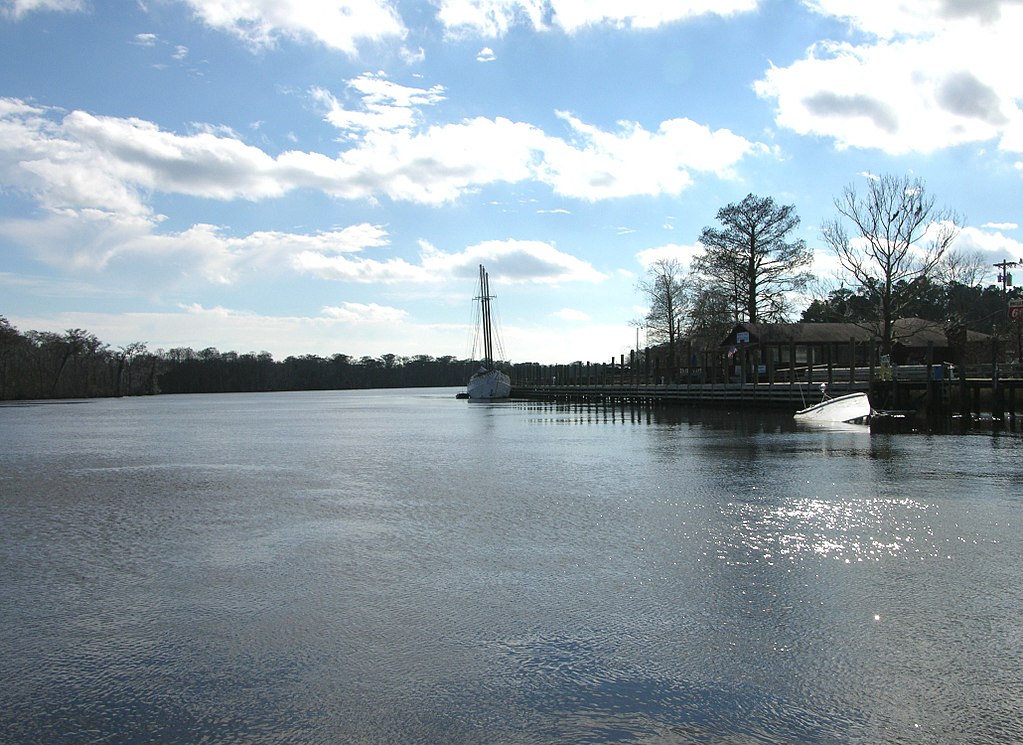
The Waccamaw River winds through both Carolinas, creating a boundary-crossing fishing experience unlike any other in the region. This blackwater gem flows through ancient cypress forests and offers exceptional fishing for largemouth bass, sunfish, and bowfin. The upper stretches in North Carolina near Lake Waccamaw provide the quietest experiences, with fewer powerboats and stunning scenery. Conway, South Carolina, offers excellent access points, with upstream paddling providing the most solitude and productive fishing opportunities. The river’s extensive backwater areas create perfect ambush points for predatory fish and quiet retreats for kayak anglers seeking solitude.
Santee River, South Carolina
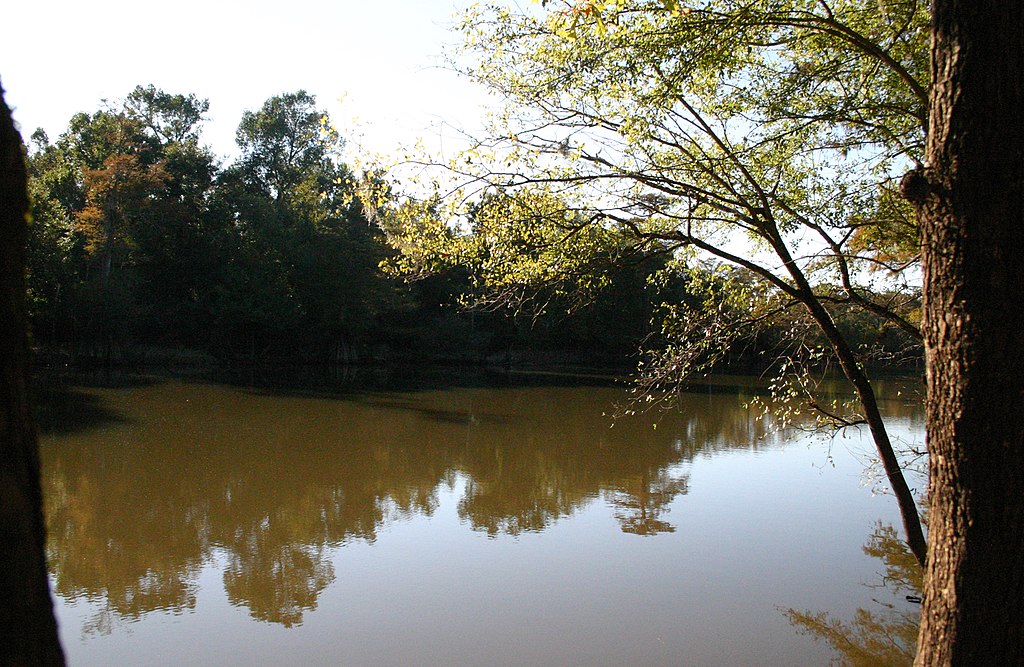
Below the dams of Lakes Marion and Moultrie, the Santee River creates an often-overlooked kayak fishing paradise. This section features abundant striper runs in spring, along with year-round opportunities for largemouth bass, catfish, and panfish. The river’s multiple channels and oxbows create perfect opportunities for exploration and discovering unpressured fishing spots. Access points at Wilson’s Landing and the Santee National Wildlife Refuge provide entry to miles of quiet water. The river’s tidal influence in lower sections creates diverse fishing conditions throughout the day, with moving water concentrating fish in predictable locations perfect for kayak approaches.
Lake Mattamuskeet, North Carolina

As North Carolina’s largest natural lake, Mattamuskeet offers a shallow-water fishing experience perfect for kayak anglers. With an average depth of just 2-3 feet, much of this 40,000-acre lake remains inaccessible to larger vessels, creating perfect opportunities for kayakers. The lake’s abundant vegetation harbors excellent populations of largemouth bass, chain pickerel, and panfish. The eastern and western sides of the lake offer the quietest experiences, with numerous canals and creek systems to explore. Wildlife viewing opportunities abound with the lake situated within Mattamuskeet National Wildlife Refuge, creating memorable multi-species experiences beyond just the fishing.
Catawba River (Mountain Section), North Carolina
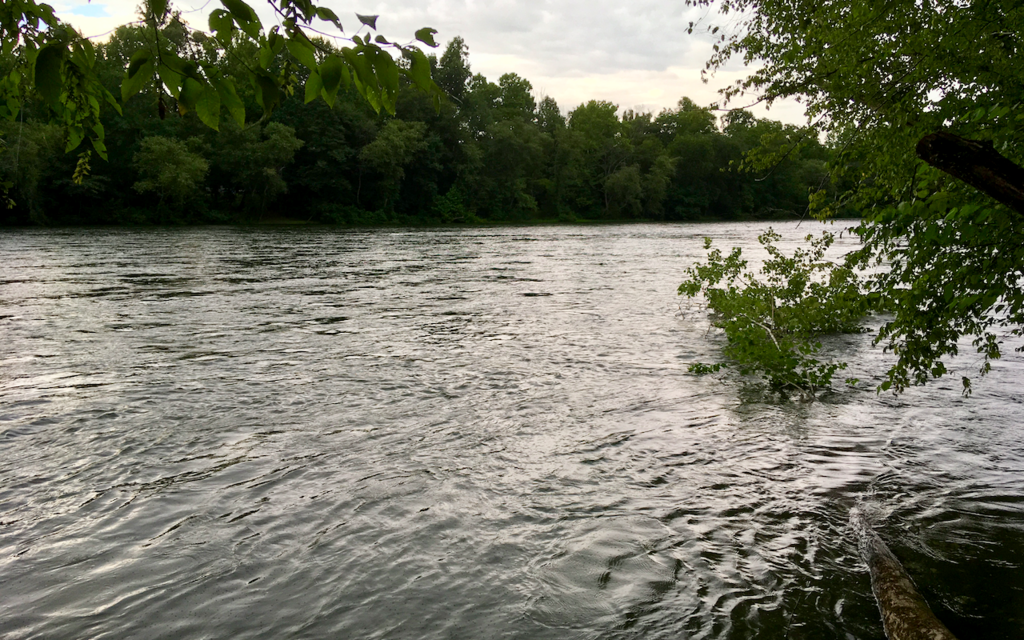
The upper Catawba River near Old Fort and Marion offers peaceful mountain river paddling with exceptional smallmouth bass fishing opportunities. This section’s clear waters and rocky substrate create the perfect habitat for smallmouth, rock bass, and various sunfish species. Multiple access points exist along US-70, allowing anglers to choose sections based on water levels and fishing reports. Spring and fall provide the most comfortable fishing conditions, though summer mornings can be exceptionally productive when targeting the river’s deeper pools. The gentle current in most sections makes this river perfect for anglers of all skill levels seeking quiet waters.
Saluda River (Upper Section), South Carolina
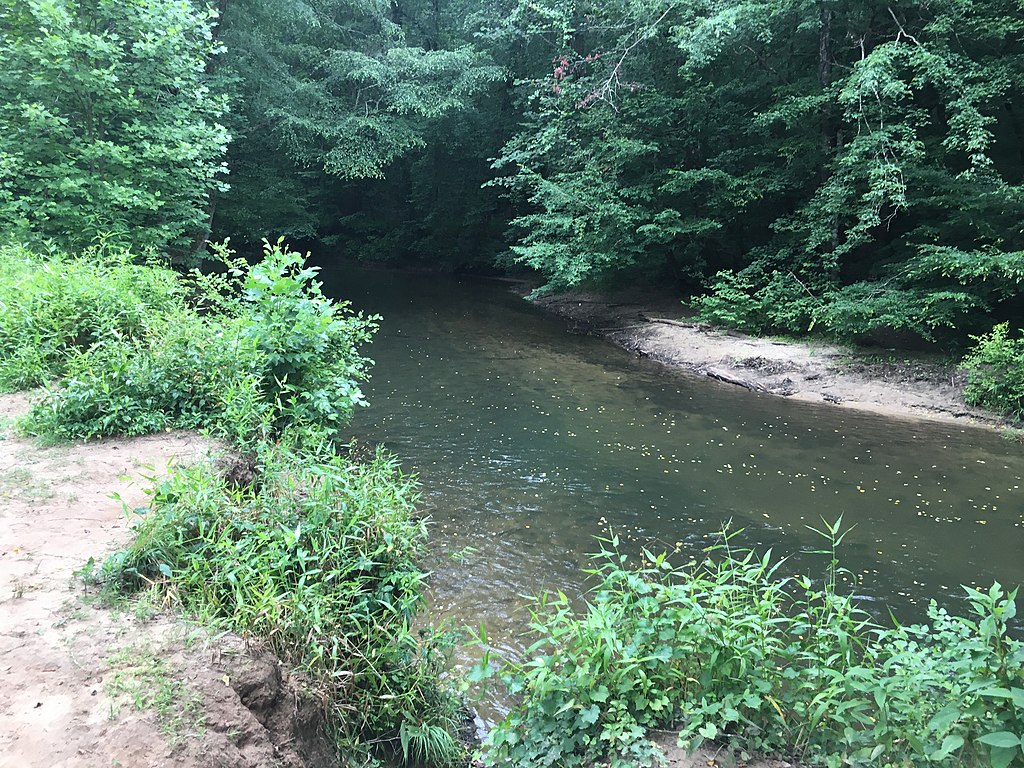
Above Lake Greenwood, the Saluda River offers remarkable trout and bass fishing opportunities in a scenic Piedmont setting. This section features cool, clear waters flowing through a mixed forest landscape with minimal development along its banks. Access points near Pelzer and Piedmont provide entry to productive waters where wild and stocked trout thrive alongside smallmouth bass. The river’s moderate gradient creates a perfect mix of pools, runs, and riffles, each holding different species and requiring varied fishing approaches. Early mornings often provide the most solitude, though weekdays generally offer quiet experiences throughout the day.
Alligator River, North Carolina
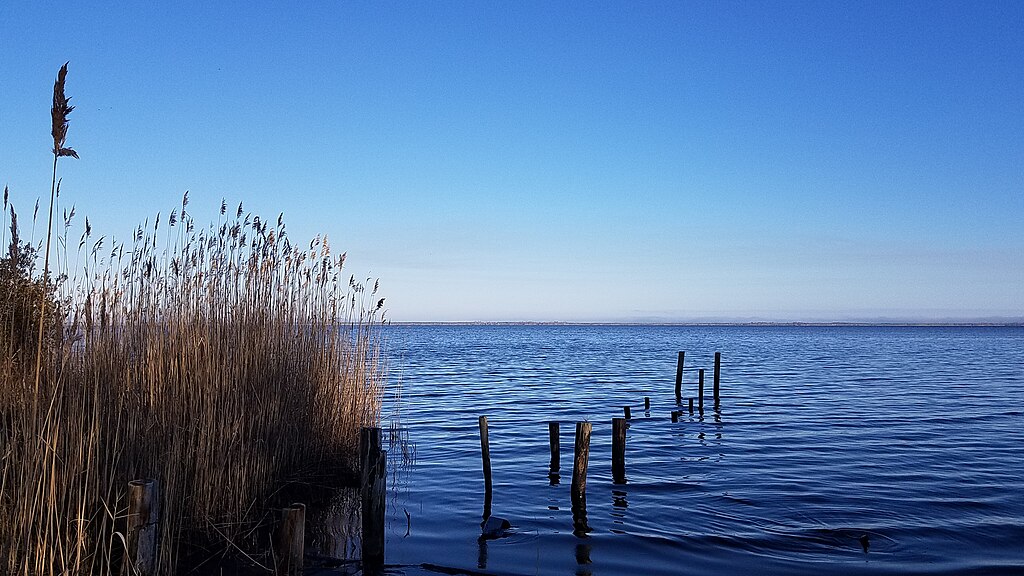
The Alligator River and its surrounding canal systems create a vast wilderness fishing experience unlike any other in the Carolinas. Located within the Alligator River National Wildlife Refuge, these waters harbor exceptional populations of largemouth bass, chain pickerel, and bowfin amid a backdrop of pristine wetlands. The river’s tannin-stained waters and countless side channels create perfect ambush points for predatory fish and quiet retreats for kayak anglers. Buffalo City Road provides the primary access point, with numerous exploration options extending from this launch. Wildlife viewing opportunities abound with healthy populations of black bears, river otters, and yes, alligators, creating a truly wild fishing experience.
Edisto River, South Carolina
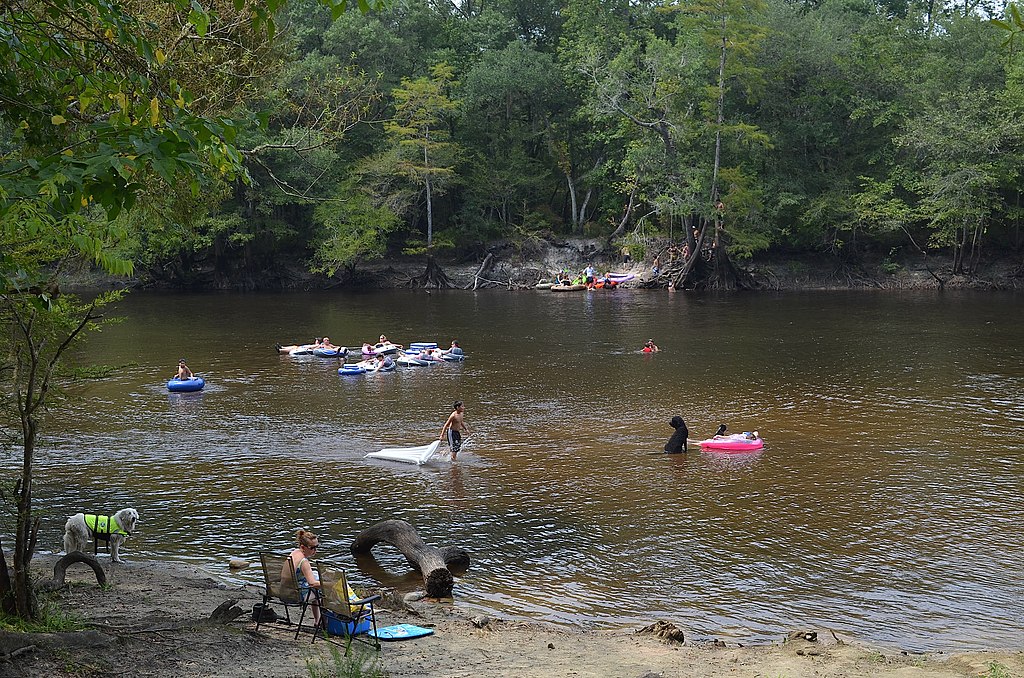
As North America’s longest free-flowing blackwater river, the Edisto creates a paddler’s paradise with exceptional fishing opportunities. The river’s cypress-lined banks and sandy bottoms harbor healthy populations of redbreast sunfish (locally called “roosters”), largemouth bass, and various catfish species. The stretch between Givhans Ferry State Park and Lowndes Landing offers particularly serene paddling with numerous sandbars for rest stops. The river’s meandering nature creates countless outside bends with deeper holes that consistently hold quality fish throughout the year. The Edisto River Canoe & Kayak Trail provides well-marked access points and camping platforms for multi-day fishing adventures.
Mayo River, North Carolina
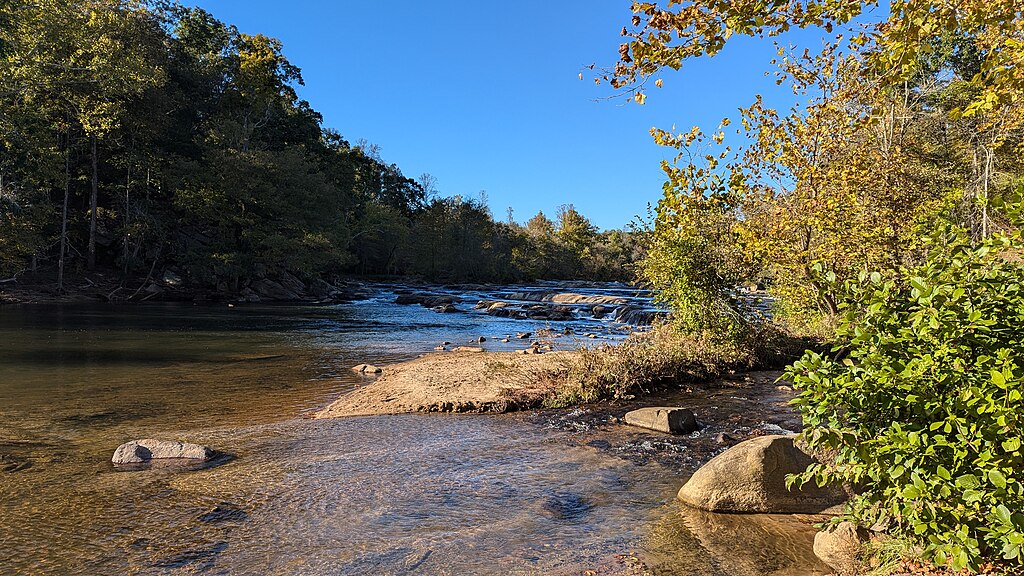
The Mayo River represents one of North Carolina’s hidden gems for smallmouth bass fishing, flowing through rural Rockingham County. This scenic river features boulder-strewn rapids interspersed with deep pools holding quality smallmouth, rock bass, and redbreast sunfish. Mayo River State Park provides the primary access point, though several bridge crossings offer additional entry options. The river’s moderate gradient creates perfect habitat diversity, with each pool, run, and riffle potentially holding different species. Spring and fall provide optimal fishing conditions when water levels are moderate and smallmouth become more aggressive in preparation for spawning or winter.
Preparing for Carolina Kayak Fishing Adventures
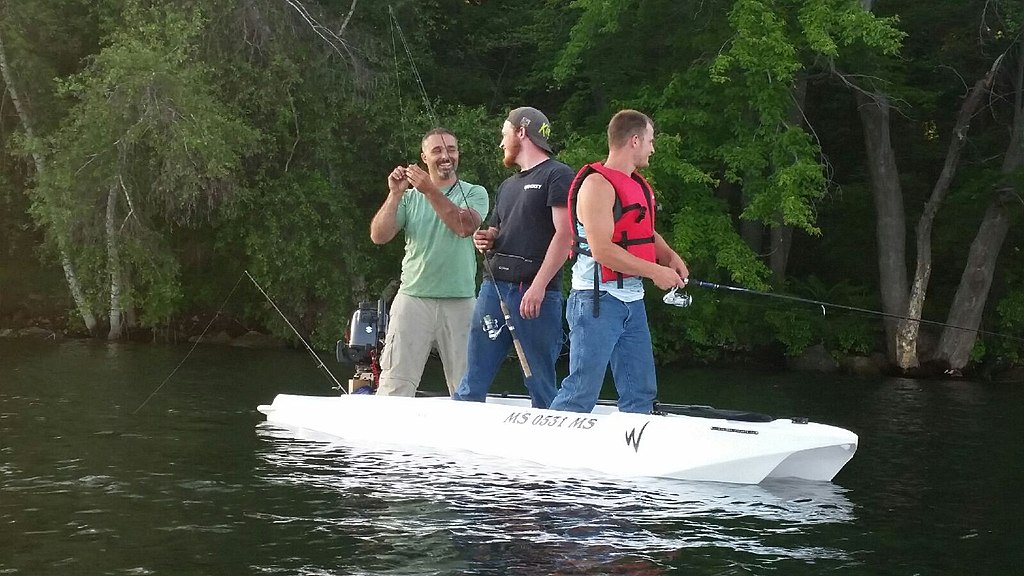
Before embarking on any kayak fishing trip in the Carolinas, proper preparation ensures both safety and success. Always check water levels and weather forecasts, as conditions can change rapidly, particularly on rivers. Consider seasonal patterns, with spring and fall generally offering the most comfortable temperatures and active fish. Invest in quality navigation tools, whether paper maps or GPS devices, as many of these waterways have multiple channels and backwaters where disorientation can occur. Finally, practice proper conservation by adhering to catch limits and handling fish carefully to preserve these pristine fisheries for future generations of kayak anglers seeking quiet waters and memorable fishing experiences.
Conclusion: The Quiet Advantage
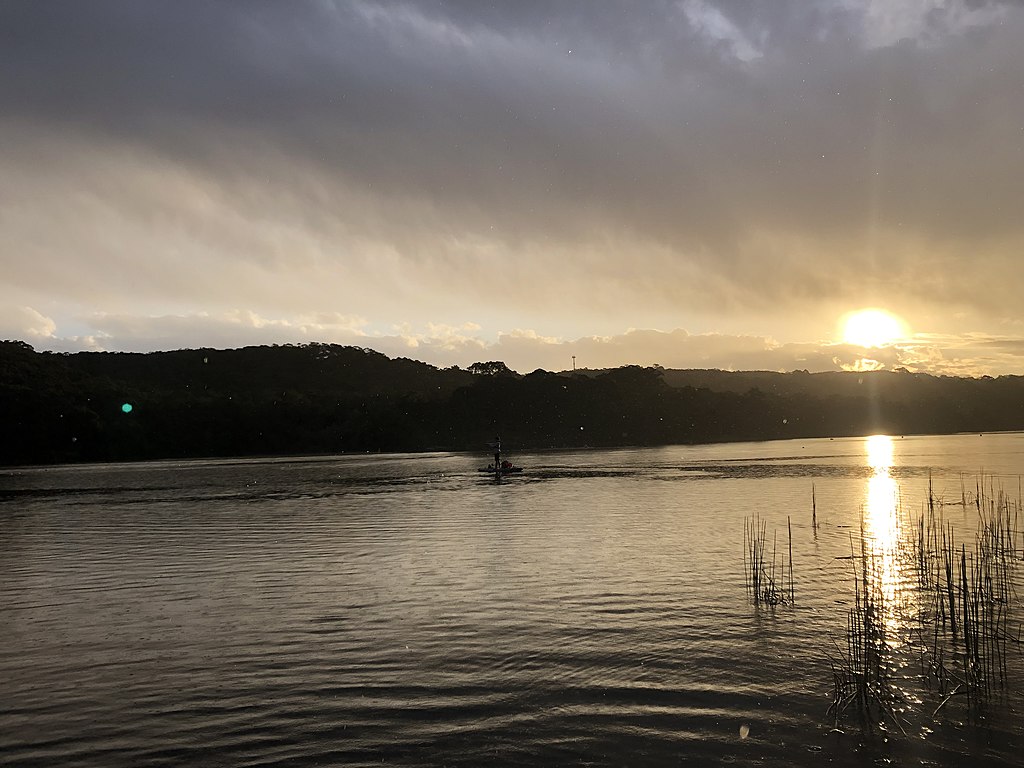
The Carolinas offer kayak anglers an extraordinary diversity of quiet waterways, from mountain streams to coastal blackwater rivers. These environments not only provide exceptional fishing opportunities but also deliver the solitude and natural immersion that increasingly draw anglers to paddle craft. The stealthy approach of kayaks creates distinct advantages, allowing access to unpressured fish and areas beyond the reach of larger vessels. As you explore these quiet waterways, you’ll discover that the quality of the fishing experience extends far beyond the catch, encompassing the tranquility, wildlife encounters, and connection to these remarkable aquatic ecosystems that can only be fully appreciated from the seat of a kayak.
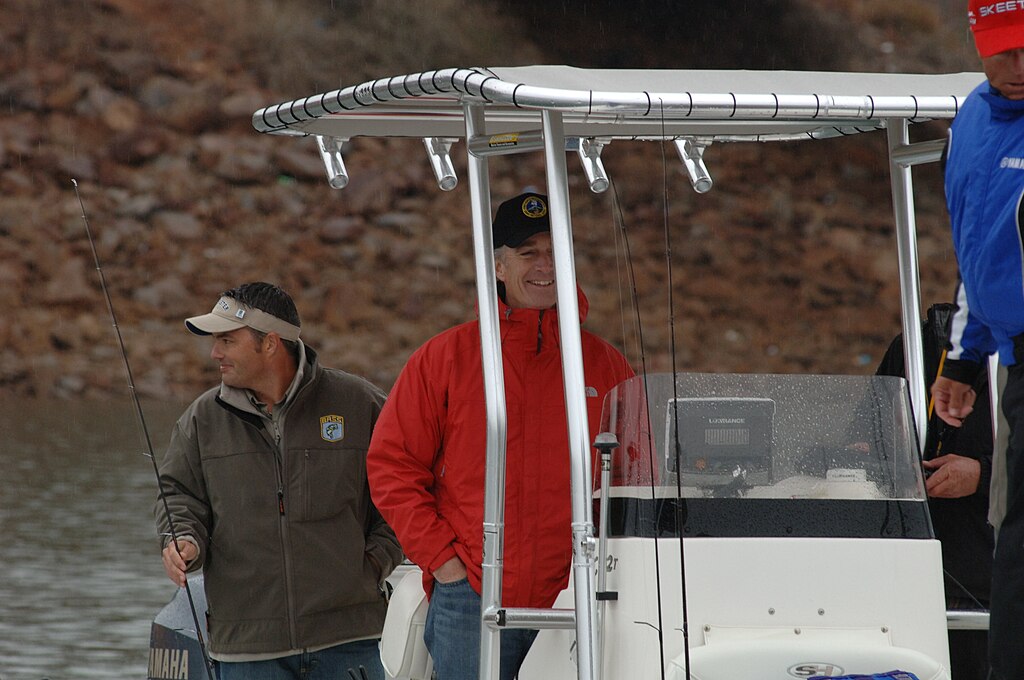

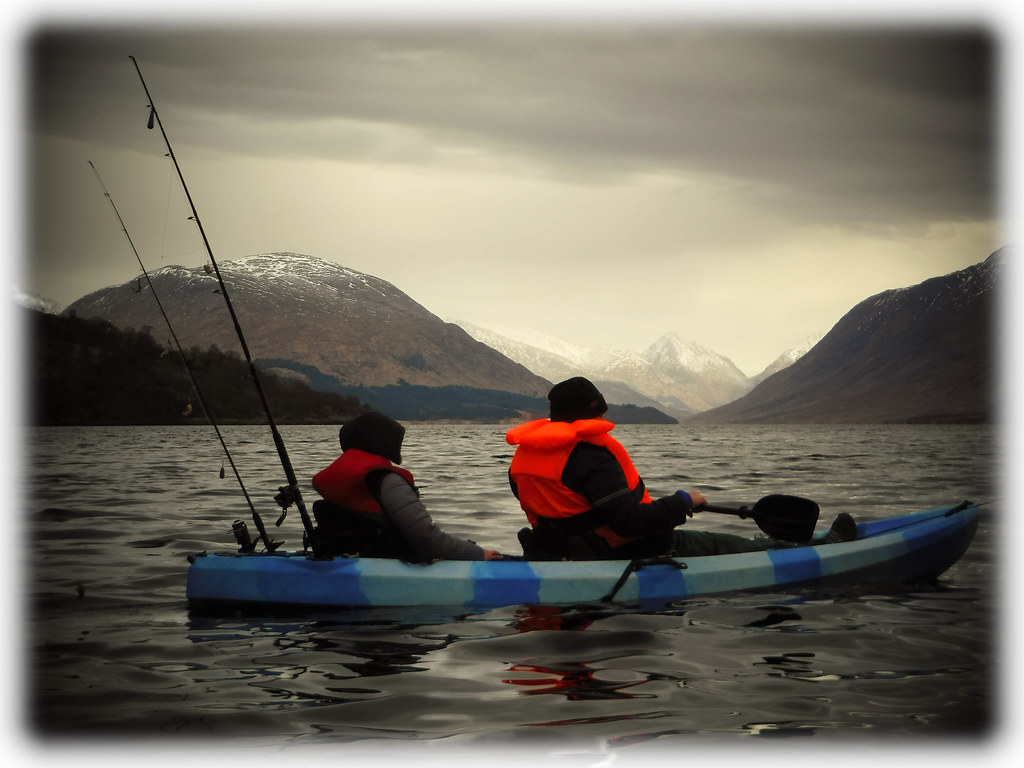











Post Comment